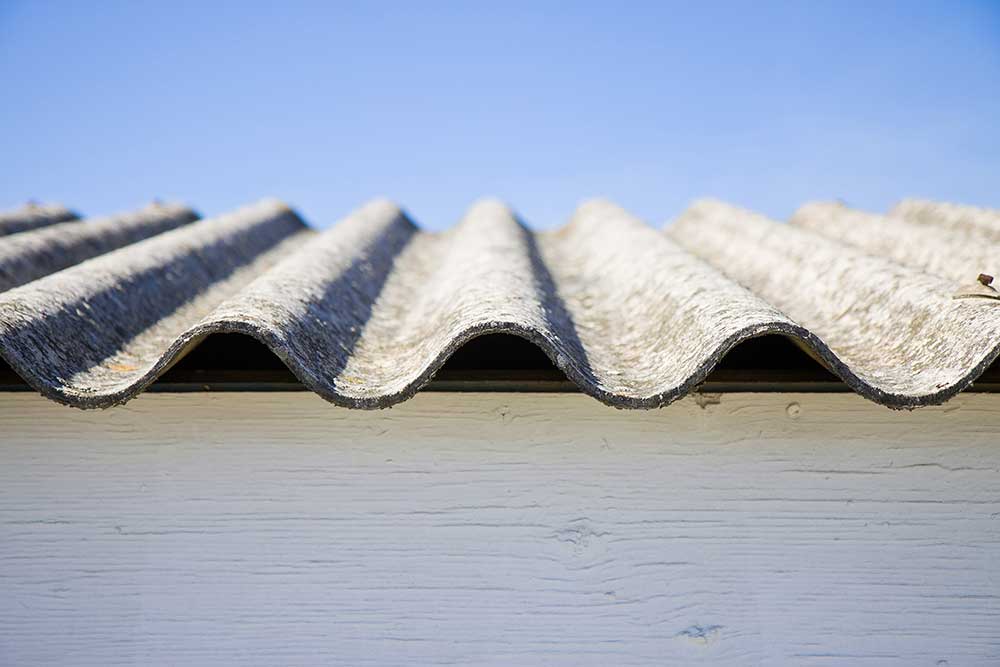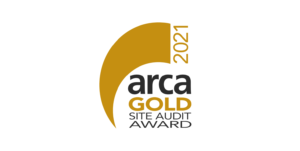Asbestos in the home is not usually a problem, so long as it it left undisturbed. If you require major cosmetic or structural changes, then removing or treating asbestos is likely. There are a number of options available to homeowners if this is the case. This guide provides some useful information to help people make the best decision for their own situation.
Don’t Panic – Asbestos in the home can be dealt with safely
If you believe you have asbestos in your home…then don’t panic! You may not need to do anything, depending on the condition and type of asbestos containing material (ACM). Simply being aware of the asbestos may be the only thing you need to know.
Asbestos is only dangerous if it becomes damaged, causing fibres to be released into the air. The best way to stay safe, is to make sure any asbestos materials are kept in good condition and not disturbed. Obviously if you want to work on or near the asbestos, then you may need some assistance or seek further advice from a specialist company. Certain types of ACM are more dangerous than others, some requiring removal by a licensed asbestos contractor. Merryhill offers some information about asbestos, however for more detail, visit the HSE. The HSE governs all work relating to asbestos.
Are you sure it’s asbestos?
Are you sure it is asbestos? Believing you have asbestos in your home…and there actually being asbestos present are two different things. How can you tell?
In order to identify asbestos fibres, a sample must be taken by a suitably trained person and analysed in an accredited laboratory.
There are lots of companies and individuals that carry out asbestos surveys and sampling. Look for organisations with a UKAS accreditation. This means a company is independently audited regularly to ensure best practice. After samples have been tested, you will receive a report highlighting positive results. Each positive result will have a score showing the how risky a material is at the point of sampling.
So, you’ve had samples taken and some of them return a positive result. Don’t panic! If an ACM is in good condition, it poses little or no harm.
You are not alone. It is estimated that half of all residential properties in the UK contain some form of asbestos. With this in mind, the problem is quite common and frequently encountered by people in the UK.
Common types of asbestos in domestic homes?
Some types of asbestos are more common than others in domestic properties. The more dangerous forms of asbestos are more common in commercial buildings. The most common types of asbestos found in houses and flats can be seen below. For a more in-depth look at the different types and their level of danger, view this guide.
- Artex (or other textured coatings)
- Asbestos garages and sheds
- Asbestos Insulating board (AIB)
- Storage heaters
- Warm air heating systems
- Vinyl floor tiles
- Bitumen products including adhesive, damp-proof courses and sink pads
- Fascias and soffits
- Pre-cast cement products (soil pipes, boiler flues, guttering)
Remove asbestos or have it treated?
If you need to work in an area that contains asbestos, you should take appropriate precautions. Seeking the correct advice will enable you to make an informed decision about what to do next. Will the asbestos remain in situ? If this is the case, then treatment could be an option.
What is asbestos treatment? Treatment usually takes the form of having materials containing asbestos ‘encapsulated’. An example of encapsulation might be having an insulating board painted with ET150 or equivalent. There are many different types of asbestos encapsulation methods. Some methods are more complicated than others and should only be carried out by trained people.
It is possible to work on a material known to contain asbestos, but only under extreme caution. Remember, asbestos is a highly dangerous substance if disturbed or damaged. Minor works like drilling holes, repainting a ceiling or over-boarding a textured coating can be carried out if you appropriately trained, but extreme care should always be taken. Minor work such as these (and others) are classified as non-licensed work.
For peace of mind, or for large-scale works, then removal is always the best option. To completely eliminate any future risk, it is always advised that you have asbestos fully removed.
Merryhill can provide advice on the safest methods for dealing with asbestos in the home. If you are in any doubt concerning asbestos in your house or flat, contact us today for advice.





